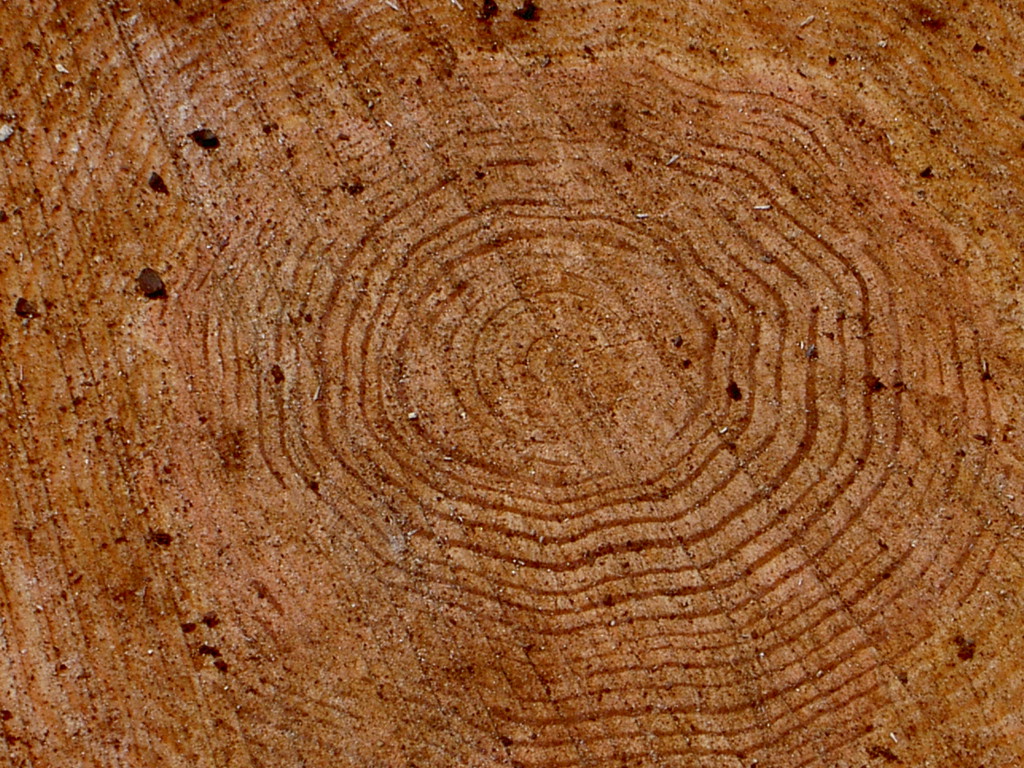A look at the status of the (UE) 995/2010 Legislation, known as The Timber Regulation or The Due Diligence System, regarding placing timber and timber products on the market and the evaluation of the compliance with the forestry regulation that can be applied in the timber producing Countries.
The topic is of great importance. For this reason, the arrival of numerous questions in the main offices of the Associations, made us publish the most frequent ones. The following FAQ have been taken care of by Marco Di Bernardo and Italo Vailati (Assografici), Massimo Ramunni e Stefano Vinciguerra (Assocarta).
1-What is the due diligence system?
It is a series of written and documented rules which allow a company to apply a monitoring system on the origin of its timber material, in our case paper and cardboard, by means of a mechanism which must guarantee traceability of the product, and that the whole product, all the production steps, including the origin of material, undergoes a chain of safekeeping so that it is known that cellulose comes from regulated and protected wooded areas. Therefore, it must be avoided that cellulose comes from areas and operators who do not respect the law and where there is deforestation with no policies for restoring destroyed forests. Therefore is it a supervision system subject to control by the competent organizations and is needed as proof that the operator has the situation under control.
2-Regarding products made of cellulose, is a UE company that directly imports from a manufacturer located in a non-UE country considered as an operator or a retailer?
If an Italian company buys paper or wood directly from a non-UE country and is therefore introducing a non-UE product in Europe for the first time, it is an operator and has all the related duties. The choice discriminant between operator and retailer is the fact of having introduced the product (timber, cellulose or paper) into the market for the first time: this is always the operator. Instead the retailer is responsible for the following steps.

3-And so, what is «placing on the market»?
The translation from English into Italian of the Regulation text and the Guidelines written by the European Commission, have created some ambiguities. For the English it is «placing on the market», while the Italian translation also refers to a business relationship: «First introduction into the internal market through any means, whatever the sales technique is, of timber and its derivatives for the distribution or use inside a business activity in return for payment or free of charge». At the beginning the principle stated by the Regulation is that of the passage of the property which takes place on the UE territory: when a company located in Europe becomes owner of material coming from abroad, the «placing on the market» has taken place. It seems that the Commission wants to review this principle and recognize as operator the final user of the imported products. This orientation would significantly change the setting of the Regulation and future explanation is expected. In the meantime, it is important to remember that duties are imposed by the Regulation and not by the Guidelines.
It is not considered as placing on the market, the supply on the internal market of timber products obtained by timber or timber products that have already been placed on the internal market.
4-How should a UE company that purchases a cellulose product from a company located in UE be considered?
If a company purchases a cellulose product from a UE company, that product has already been placed and therefore the company is a retailer.

5-Does the forest certification (FSC, PEFC and others) allow the operator not to set the due diligence system?
Certifications are not considered as equivalent to a due diligence system: if you are an operator and you are Fsc or Pefc certified, you are not automatically working in a due diligence system. It is important to say this because the information required to create a due diligence system, is mostly the same as that required to obtain a forestry certification and therefore a company could think that it is in compliance, but it is not. Therefore the Fsc or Pefc certifications are tools that can help Due Diligence, but they are not enough to prove the compliance with the law.
6-Is importing books-magazines coming from non UE countries into the UE subject to Timber Regulation?
Up to now, editorial products (books, magazines, newspapers) are not subject to the Timber Regulation. However, the Commission ordered to check if this can damage competitiveness of European companies and to suggest their future participation in the regulation.

7-Is it possible to use a third entity (monitoring organization ) to set the due diligence system?
Yes, the regulation states that the Due Diligence system can be done internally by the interested part or that it is possible to use a third entity which should be credited and recognized by the European Commission. Therefore, the system can be set, organized and implemented by the company, or the company can take the one belonging to the monitoring organization because one of the competencies of these organizations is to set a Due Diligence model to apply to companies requiring it. At the moment a list of the approved monitoring organizations does not exist.
The European Commission has communicated that it has completed the required steps to recognize the first two monitoring organizations: NEPCon (which obtained a European award) and Conlegno (which obtained an Italian award). The list of monitoring organizations will be published on the European Union Official Journal.
8-How do monitoring organizations operate?
The monitoring organization has a legal entity residing in the European Union. It is authorized by the competent authority (in Italy the Ministry of forestry policies), but it also has to receive an authorization from the European Commission by presenting the proper documentation and undergoing an assessment according to the requisites reported in art.8 par 2. When the company shares the Due Diligence system of the monitoring organization, the latter, on the basis of inspections that will be carried out according to a program that will have to be organized, checks the correct application of the system and can therefore require corrections or changes or can report the eventual non-compliances with the reference law. In addition member countries, through the monitoring organizations, can also provide technical assistance and orientation and give information to the companies so that they are always more careful in the application of this regulation.

9-Are trimmings of paper products included in the application field of the Regulation?
This problem arises from a translation mistake in the regulation: the expression «recovery material» was translated as «recycled material» , but recycled material is downstream, while recovery material is upstream and includes everything that is done during the steps after recycle. The second aspect is the difference between paper and other materials: in fact, if it is true that the regulation does not include waste in its application field, but includes its sub-products (such as sawdust, wood splinters, and other scrap material of timber production) which are all included in the regulation, the chart is different under this point of view. In fact, in the regulation there is a precise reference to the exclusion of recovered material specifying that it is waste or scrap (therefore pulp even if not waste), which in the Italian version was improperly translated as «recycled material». From this it is possible to say that trimmings are not included in the regulation.
10-What does «access to information» mean?
On this topic there is an ongoing discussion. As an association, we have given indication that access to information – i.e. having the availability of the documentation that proves the legality of the cut (cut licenses, other documents that state payment for timber export) – means having a commitment of the supplier to give the documentation required by the competent authority. This is an important aspect because otherwise for companies it would mean to collect, store and update a useless huge quantity of documents in all the possible languages, because the regulation foresees that the assessment is done at least annually. Our interpretation was also reported by the European Commission on a page of a specially arranged site, where it is confirmed that «access to information» means having availability to it and so accessing to it when the monitoring organization requires it. Advice for the companies: when you purchase cellulose or paper outside the UE, it is convenient to ask the supplier its commitment to provide the documentation upon request of the competent authority.
Do you have any doubts or questions on the Timber Regulation? Do you have a particular case to submit? Write to the editorial staff.

